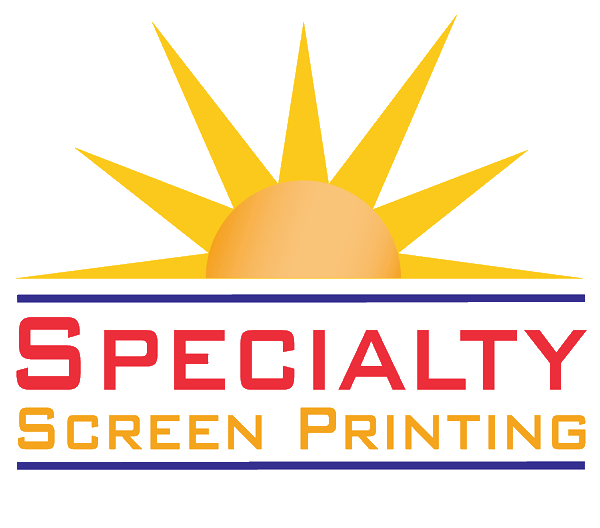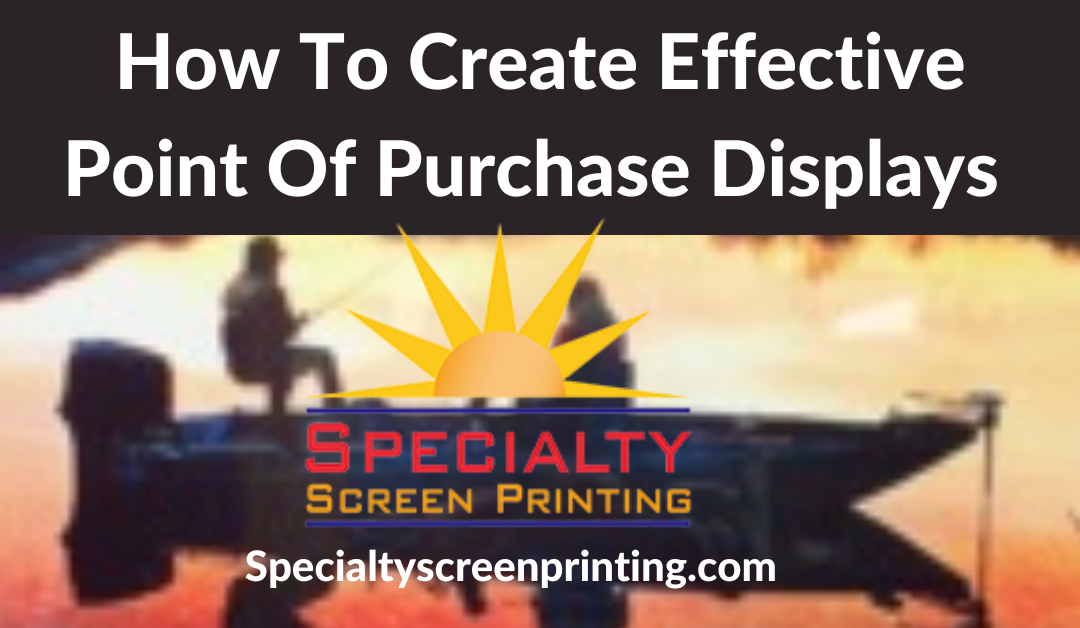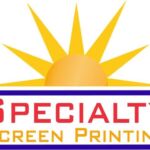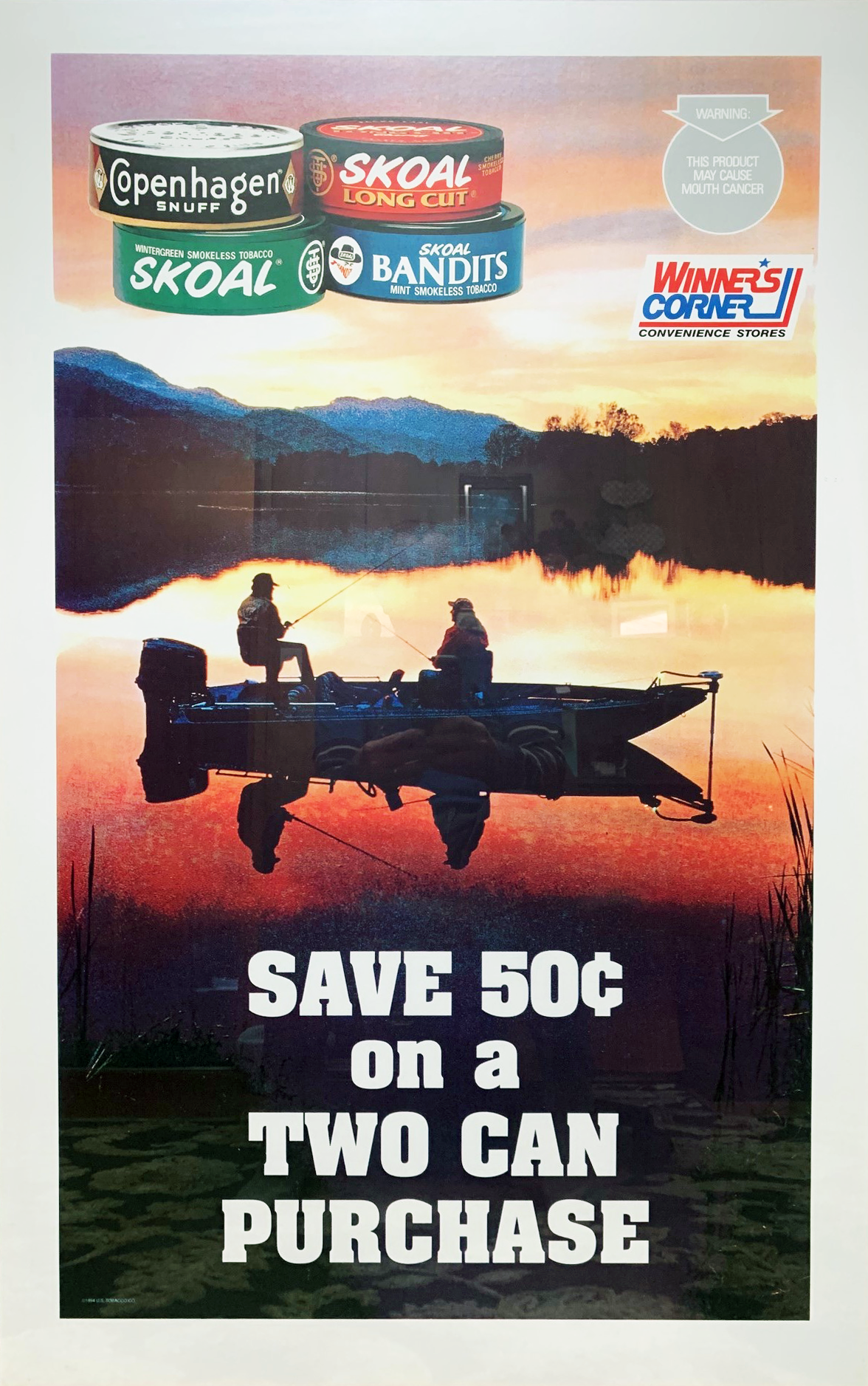
Merchants who want to promote holiday-season products and sales need effective point-of-purchase displays.
Point-of-purchase displays (also known as POP displays) are everywhere. From retail store windows to grocery store shelves to magazine racks, you’ll find them in every retail location imaginable. And while they might seem like a no-brainer, they require some thought about how to make them work best for your brand.
The goal of a POP display is to entice someone to pick up the product being promoted. But what makes one display better than another?
Point of Purchase, Not Point of Sale
Point-of-purchase displays can show up anywhere in a store. Point of sale (POS) refers to the specific area near registers where sales occur. POP Displays can be placed anywhere within the retail location.
In the candy aisle, you’ll see a freestanding display for Halloween candy — that’s POP. The candy bars that tempt you as you wait in the checkout line – that’s POS.
Brands should consider point-of-purchase displays to promote larger quantities of products; a special sale; and different packaging versions of the same product.
Retailers have used POP displays for decades, and they remain effective even though shopping habits are shifting. A report from Vantage Market Research estimates merchants worldwide spent $11.6 billion on POP displays in 2021. The report predicts that will increase to $15.8 billion by 2028.
Point-of-Purchase Display Benefits
The benefits of POP displays are clear: they can help boost sales by catching attention and encouraging shoppers to pick out specific items.
Here are other benefits:
- Easy to install
- Affordable
- Customizable
- Energy efficient
- Portable and don’t take up much space
- Great for displaying QR codes, which can lead shoppers to more information or even coupons on their mobile devices
Types of POP Displays
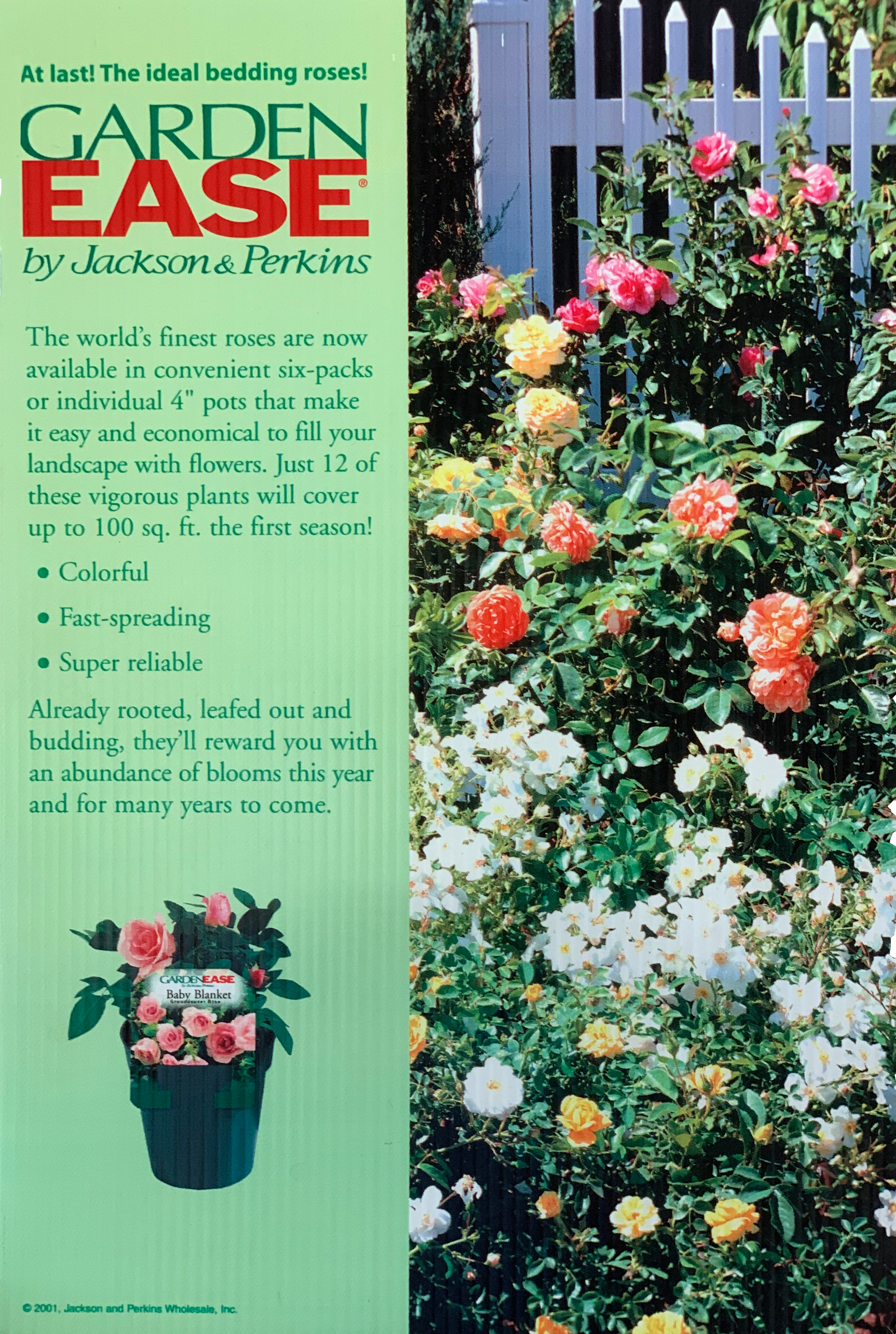 Among the most popular types of point-of-purchase displays:
Among the most popular types of point-of-purchase displays:
Shelf Talkers: These are used to draw attention to products in an aisle. They’re usually flat pieces of cardboard or plastic with text printed on them. These displays don’t necessarily need to be attached to shelves, either; they can simply sit on the floor or hang from a wall.
End Caps: The most basic form of a point-of-purchase display is the end cap. This display consists of a box that extends outward from the edge of a shelf, making it easy for customers to reach items without having to bend down.
Dump Bins: These are most often associated with discounted products. You’ve likely seen bins full of movie CDs, random holiday toys, and even candy.
Others include counter displays, freestanding floor displays, pallet displays, and clip strips.
POP displays are made from a variety of materials, including corrugated board, foam board, plastic sheet, glass, or metal. Specialty Screen Printing can print on any of these materials.
Good Design Makes A Difference
There are lots of ways to make sure your point-of-purchase displays are eye-catching and engaging. Use these tips to design an effective point-of-purchase display.
- Make sure there is something visually appealing on the display. A clear background is important, as well as a large typeface and bright colors. Use simple images, logos and text to make the display less distracting.
- Keep the size of the display manageable, so shoppers can easily see what they’re looking for. Smaller sizes work well because they allow people to browse without having to read everything.
- Don’t clutter the display with too much information. You want to keep things simple, while still providing enough detail to entice buyers into making a purchase.
- Finally, track sales results based on design and location within the store. Test different layouts and locations to figure out what attracts the most buyers.
Use Bold Images
When designing POP displays, use bright colors, large print, fun and catchy words, and visually appealing photos.
A POP display can help you stand out from competitors. It should include the key selling features of the product, the color most popular with the brand, and any other information that might entice consumers to purchase it.
Specialty Screen Printing, a family-operated business, provides custom screen printing of all types and on all shapes of objects. We can print on glass, metal, wood, plastics, pressure-sensitive films, polycarbonate, and polyester. If you have an unusual shape to print on, a design that requires durable inks, or a problematic surface, give us a call. We love to help solve printing challenges!
Message us at info@specialtyscreenprinting.com, and let’s brainstorm about your next project.
